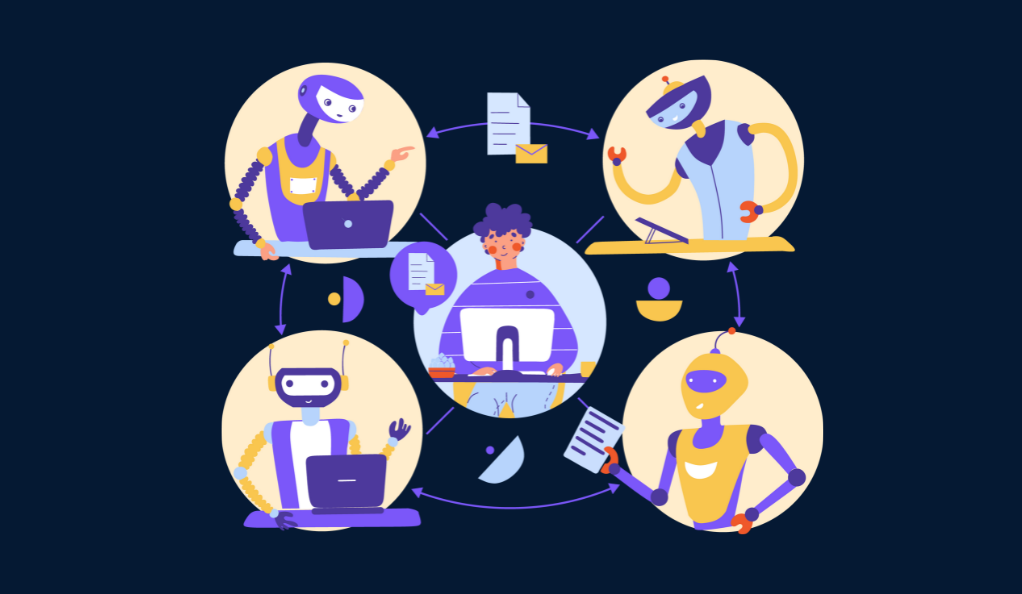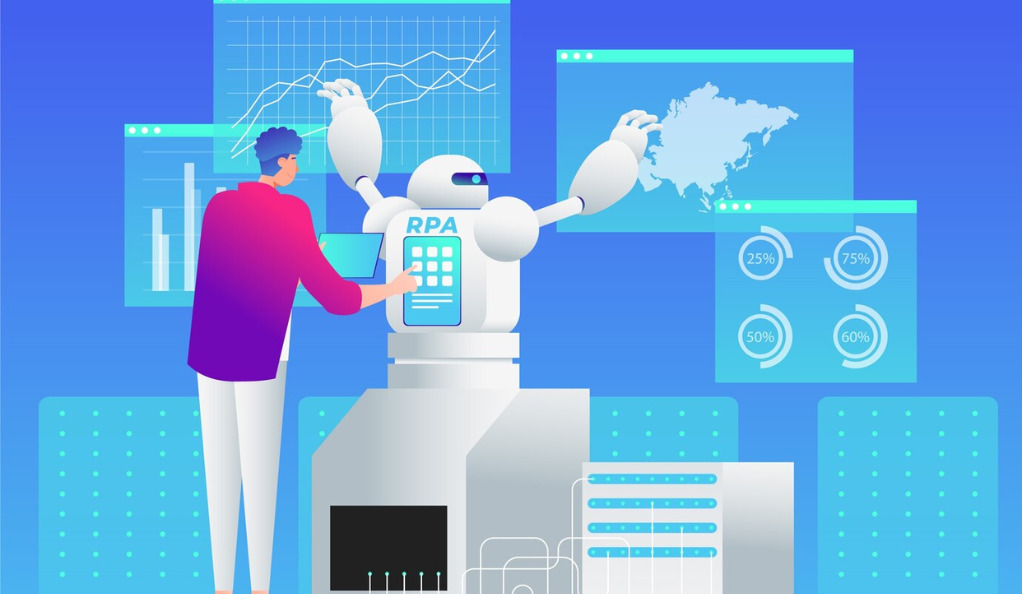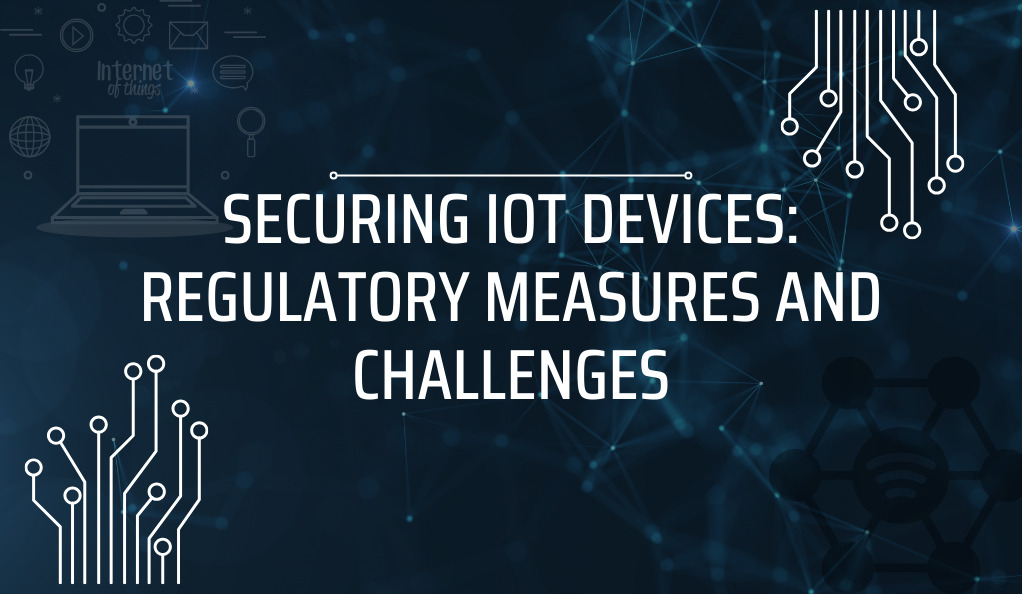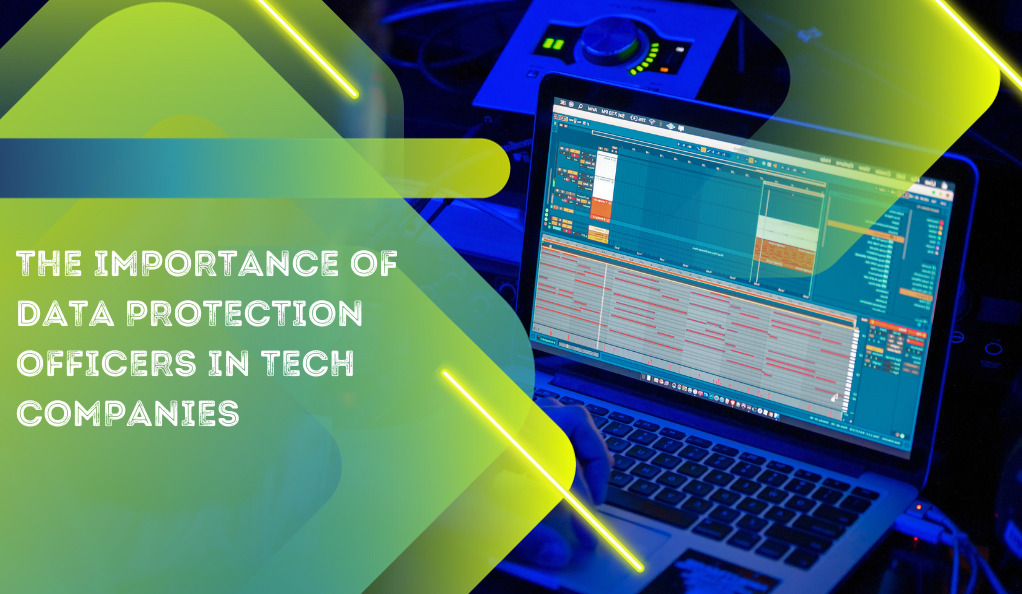In today’s rapidly evolving business environment, compliance isn’t just a legal obligation—it’s a critical component of a company’s strategy, reputation, and overall success. As businesses expand globally and regulations become more intricate, the need for robust compliance mechanisms has never been greater. However, traditional methods of ensuring compliance are increasingly coming under scrutiny for their inefficiencies and inadequacies.
Why is Compliance Crucial?
- Reputation Management: In the age of information, a single compliance failure can lead to significant reputational damage. With consumers becoming more conscious of corporate ethics, a tarnished image can lead to lost business opportunities and dwindling customer trust.
- Financial Implications: Non-compliance doesn’t just harm a company’s image. It comes with hefty financial penalties. Recent years have seen regulators imposing multi-million dollar fines on companies for compliance breaches, emphasizing the high cost of non-compliance.
- Operational Efficiency: A robust compliance framework ensures that a company’s operations align with industry standards and best practices. This not only minimizes legal risks but also streamlines operations, leading to increased efficiency and profitability.
| Challenge | Description |
|---|---|
| Manual Processes | Traditional compliance often relies on manual processes, making it time-consuming and prone to human error. |
| Lack of Real-time Monitoring | Without automated tools, it’s challenging to monitor compliance in real-time, leading to delayed responses to potential breaches. |
| Scalability Issues | As companies grow, managing compliance across multiple jurisdictions with varying regulations becomes a Herculean task. |
| Inconsistent Data Management | Disparate data sources and lack of a unified system can lead to inconsistencies in compliance reporting and monitoring. |
The Current State of Compliance: A Landscape Riddled with Challenges
The compliance landscape has never been more complex. With globalization, businesses are not just confined to local regulations but must navigate a maze of international laws and standards. This complexity is further compounded by the dynamic nature of these regulations, which are constantly evolving in response to socio-economic changes, technological advancements, and global events.
Recent Compliance Failures: A Wake-up Call
Recent history is littered with examples of compliance failures that have had far-reaching consequences. Large financial institutions, for instance, have faced billions in penalties due to lapses in their compliance mechanisms. Such incidents not only result in financial losses but also erode stakeholder trust and damage brand reputation.
Consider the case of a major bank that was fined heavily for violating anti-money laundering regulations. The bank’s traditional compliance systems failed to detect suspicious transactions, leading to a massive oversight. Such incidents raise a pertinent question: If established institutions with significant resources at their disposal can falter, what hope do smaller entities have in ensuring compliance using traditional methods?
Risk Culture and Its Role in Compliance
At the heart of many compliance failures lies an inadequate risk culture. A company’s risk culture refers to its collective approach to assessing and responding to risks. In organizations with a weak risk culture, there’s often a disconnect between the company’s stated values and the actual practices on the ground. Employees might bypass compliance protocols in pursuit of short-term gains, leading to long-term repercussions.
However, laying the blame solely on risk culture would be an oversimplification. The reality is that even in organizations with a strong risk culture, the sheer complexity of modern compliance requirements can be overwhelming. This is where technology, and more specifically AI, can play a pivotal role.
The Need for Advanced Technology in Compliance
It’s becoming increasingly clear that traditional tools and methods are insufficient for today’s compliance challenges. Manual processes are not only labor-intensive but also prone to errors. Moreover, they lack the capability to analyze vast amounts of data in real-time, a necessity in today’s fast-paced business environment.
The Role of the Chief Compliance Officer (CCO): Navigating Modern Challenges with AI
In the intricate web of compliance, the Chief Compliance Officer (CCO) stands as a pivotal figure, tasked with ensuring that an organization adheres to legal and regulatory standards. However, the role of the CCO has evolved significantly in recent years, transitioning from a purely regulatory-focused position to one that intersects with technology, strategy, and business operations.
Responsibilities and Mandates of the Modern CCO
The modern CCO wears multiple hats. Beyond ensuring regulatory compliance, they are now:
- Strategists: Tasked with aligning compliance strategies with business objectives, ensuring that compliance becomes a facilitator, not a hindrance, to business growth.
- Data Analysts: With the influx of big data, CCOs must now sift through vast amounts of information, identifying patterns, risks, and opportunities.
- Technology Integrators: Recognizing the limitations of traditional compliance tools, the CCO is often at the forefront of integrating advanced technologies like AI into the compliance framework.
Expectations from Regulators
Regulatory bodies worldwide are raising the bar for compliance. They expect organizations to not just react to compliance breaches but to proactively prevent them. This proactive approach requires:
- A comprehensive inventory of laws, regulations, and industry standards.
- Clear, concise summaries of overlapping rules and obligations.
- Alignment of internal policies with current rules.
- Regular risk assessments to gauge the effectiveness of policies and training.
How AI is Empowering the CCO
The integration of AI into the compliance framework is proving to be a game-changer for CCOs. Here’s how:
- Predictive Analysis: AI can predict potential compliance breaches based on historical data, allowing CCOs to take preventive measures.
- Real-time Monitoring: With AI, compliance monitoring happens in real-time, ensuring immediate response to any discrepancies.
- Automated Reporting: AI tools can generate detailed compliance reports, reducing manual effort and minimizing errors.
- Data-driven Insights: AI algorithms can provide CCOs with insights into areas of potential risk, helping in informed decision-making.
How AI is Revolutionizing Compliance: Beyond Automation to Prediction

The introduction of Artificial Intelligence into the realm of compliance is not just an incremental improvement; it’s a revolutionary shift. AI’s capabilities extend far beyond mere automation, offering predictive insights and real-time analysis that were previously unimaginable. Let’s delve into the specifics of how AI is reshaping the compliance landscape.
Strategic Data Acquisition: The AI Advantage
One of the primary challenges in compliance is the sheer volume of data that needs to be processed. With global operations and multifaceted regulations, companies are often inundated with vast amounts of overlapping rules, regulations, and standards.
- Understanding Overlaps: AI can identify overlaps in existing and new rules, ensuring that companies don’t waste resources on redundant compliance efforts.
- Semantic Recognition: The natural-language processing (NLP) capabilities of AI can understand the language of regulations, recognizing semantic similarities and nuances that might be missed by human analysts.
Data Lake Unification: A Single Source of Truth
Disparate data sources have long been a bane for compliance officers. AI, however, offers a solution:
- Semantic Relation: AI can relate, classify, and cluster the natural language of various regulations, policies, and processes, ensuring consistency across the board.
- Key Phrase Identification: By defining key phrases and common ontology, AI integrates all elements of a company’s data lake, ensuring that there’s a single, unified source of information.
Manual Labor Reduction: Efficiency Meets Accuracy
While automation is a significant benefit, AI’s value proposition goes beyond just reducing manual labor:
- Emulating Human Intelligence: AI can perform semantic searches, correlating regulatory requirements across different legislations and standards.
- Identifying Compliance Gaps: With its analytical capabilities, AI can pinpoint areas where a company’s compliance efforts might be lacking, offering actionable insights for improvement.
- Automating Impact Assessment: Whenever there’s a change in external rules or regulations, AI can automatically assess its impact on the company’s operations, ensuring that the company remains compliant without any manual intervention.
Benefits Beyond Compliance: AI’s Value to Business Operations
While the primary focus of integrating AI into compliance is to ensure adherence to regulations, the benefits of this integration extend far beyond just compliance. AI’s capabilities can significantly enhance various aspects of business operations, leading to improved efficiency, reduced costs, and better decision-making.
Speeding Up Revenue Cycles
Every business aims to accelerate its revenue cycles, and AI can play a pivotal role in achieving this:
- Faster Compliance Approvals: With AI-driven compliance tools, businesses can expedite the approval processes for new transactions, reducing the time taken from initiation to revenue realization.
- Predictive Analysis: AI can predict potential bottlenecks in the revenue cycle, allowing businesses to address them proactively.
Rationalizing Training Requirements
Training is a significant investment for any organization. With AI’s analytical capabilities:
- Tailored Training Modules: AI can analyze employees’ performance and create tailored training modules, ensuring that training is specific to individual needs.
- Continuous Learning: AI-driven platforms can offer real-time feedback, fostering a culture of continuous learning and improvement.
Linking Business Processes to Rules, Risks, and Issues
One of the challenges businesses face is ensuring that their processes align with compliance rules while also being efficient:
- Transparent Mapping: AI can map business processes to specific compliance rules, ensuring that every process is compliant without being overly restrictive.
- Risk Assessment: AI can continuously assess the risks associated with various business processes, offering insights into potential areas of concern.
Enhancing Decision-Making
In the modern business environment, decision-making needs to be both quick and informed:
- Real-time Data Analysis: AI can analyze vast amounts of data in real-time, providing decision-makers with the latest information.
- Predictive Insights: AI’s predictive capabilities can offer insights into the potential outcomes of various decisions, allowing for better-informed choices.
Challenges and Opportunities Ahead: Navigating the AI-Driven Compliance Landscape

While the integration of AI into compliance offers numerous benefits, it’s essential to recognize that this journey is not without its challenges. However, with every challenge comes an opportunity for growth and innovation. Let’s explore the roadblocks and the potential they hold for businesses.
Data Privacy and Security Concerns
As AI systems require vast amounts of data to function optimally, concerns about data privacy and security naturally arise:
- Challenge: Ensuring that AI systems adhere to global data protection regulations, such as GDPR, without compromising their efficiency.
- Opportunity: Developing AI-driven encryption and anonymization tools that can process data without accessing sensitive information, ensuring both compliance and efficiency.
Bias and Fairness in AI Algorithms
AI systems are only as good as the data they’re trained on. If this data is biased, the AI’s decisions can be skewed:
- Challenge: Ensuring that AI algorithms are free from biases, which can lead to unfair or discriminatory decisions.
- Opportunity: Investing in research and development to create AI models that can detect and correct biases in real-time, leading to fairer outcomes.
The Human-AI Collaboration
While AI can handle vast amounts of data, the human touch is irreplaceable, especially in nuanced areas like compliance:
- Challenge: Ensuring that the integration of AI doesn’t lead to an over-reliance on technology, sidelining human expertise.
- Opportunity: Developing AI systems that work in tandem with human experts, combining the best of both worlds for optimal results.
Keeping Up with Rapid Technological Advancements
The field of AI is evolving rapidly, with new advancements emerging almost daily:
- Challenge: Ensuring that AI-driven compliance systems remain up-to-date with the latest technological advancements.
- Opportunity: Adopting a culture of continuous learning and innovation, where regular updates and training sessions keep the systems and the staff current.
Conclusion
The integration of AI into compliance marks a significant shift from traditional methods, offering unparalleled efficiency and foresight. While challenges like data privacy and potential biases exist, they are surmountable with proactive measures. As businesses evolve, the fusion of AI and human expertise will redefine compliance, turning it from a mere obligation to a strategic asset. Embracing this AI-driven approach not only ensures regulatory adherence but positions businesses at the innovation forefront, ready to tackle future complexities with agility. In essence, the future of compliance is not just about adhering to rules; it’s about leveraging AI to drive business growth.








